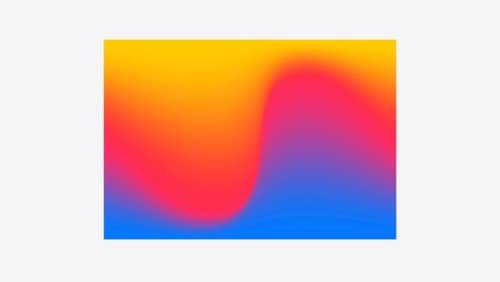give me a shader
Asked on 2024-10-03
1 search
To create a shader in SwiftUI, you can instantiate it by calling a function with its name from the shader library. You can pass additional parameters to your shader function, such as colors, numbers, or an image. When you apply this effect to a view using the layer effect view modifier, SwiftUI will call your shader function for every pixel of your view. Shaders are written in the Metal shading language and run on the device's GPU, which is optimized for highly parallel tasks.
For more details on creating custom visual effects with SwiftUI, you can refer to the session Create custom visual effects with SwiftUI (19:40).

Port advanced games to Apple platforms
Discover how simple it can be to reach players on Apple platforms worldwide. We’ll show you how to evaluate your Windows executable on Apple silicon, start your game port with code samples, convert your shader code to Metal, and bring your game to Mac, iPhone, and iPad. Explore enhanced Metal tools that understand HLSL shaders to validate, debug, and profile your ported shaders on Metal.

Optimize your 3D assets for spatial computing
Dive into an end-to-end workflow for optimized 3D asset creation. Discover best practices for optimizing meshes, materials, and textures in your digital content creation tool. Learn how to harness shader graph, baking, and material instances to enhance your 3D scene while optimizing performance. Take advantage of native tools to work more effectively with your assets and improve your app’s performance.

Create custom visual effects with SwiftUI
Discover how to create stunning visual effects in SwiftUI. Learn to build unique scroll effects, rich color treatments, and custom transitions. We’ll also explore advanced graphic effects using Metal shaders and custom text rendering.
